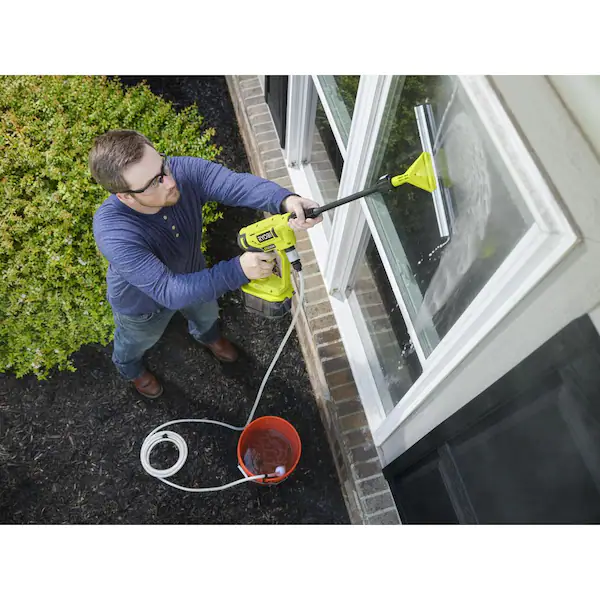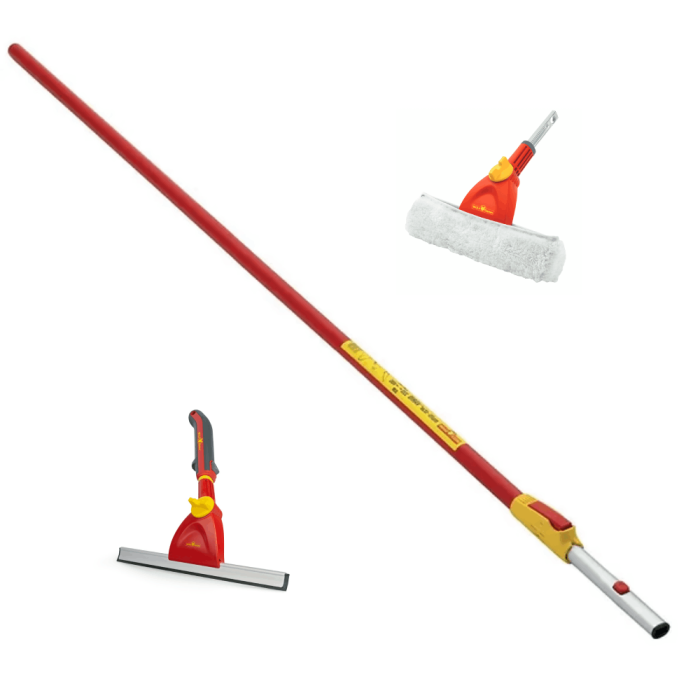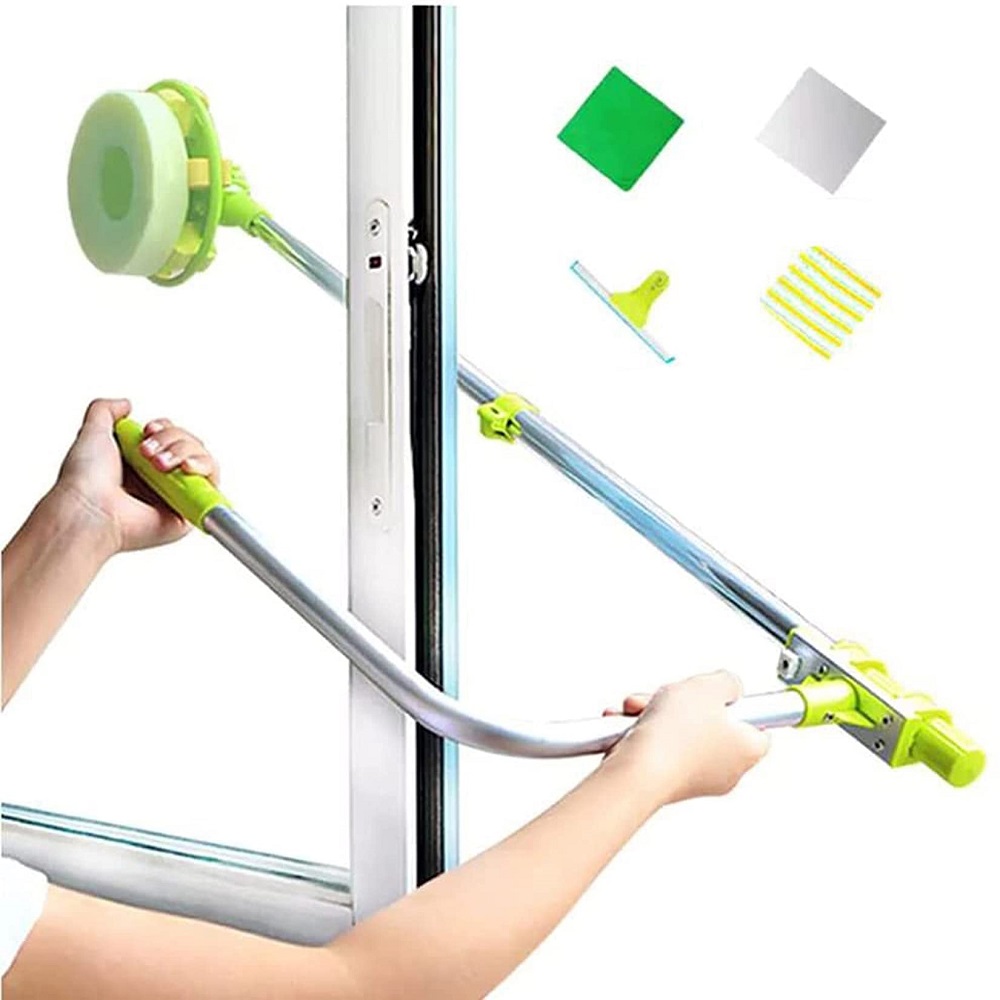Cleaning windows at heights poses unique challenges and risks. Whether you’re a professional window washer or a homeowner trying to spruce up your home, understanding and following safety practices is crucial. Keeping safety at the forefront not only protects you but also ensures a smooth and efficient cleaning experience. This guide breaks down essential safety protocols, equipment tips, and best practices for window washer working at heights.
Understanding the Risks
Identifying Potential Hazards
Window washing at heights exposes individuals to various risks, including falls, equipment failure, and environmental conditions. Falling from a height is the most significant risk associated with this job and can result in serious injuries or fatalities. Other hazards include slippery surfaces, nearby electrical lines, and sudden weather changes, which can make working conditions more hazardous. It’s vital to identify these potential risks before beginning any job, as awareness can significantly reduce the likelihood of accidents.
Evaluating the Work Environment
Before you start, thoroughly assess the work environment. Look for obstructions such as overhanging tree branches or loose roof tiles that could impede your work. Examine the stability of ladders and scaffolding, and check for wet or icy surfaces that could increase the risk of slips. Knowing your surroundings enables you to take necessary precautions or modify your approach to minimize risks. An informed assessment at the start sets the stage for a safer working experience.

Essential Safety Gear
Personal Protective Equipment (PPE)
Wearing appropriate personal protective equipment (PPE) is essential when washing windows at heights. This gear includes safety helmets to protect against falling objects, non-slip footwear to enhance traction, and gloves to maintain grip while protecting your skin. Additionally, consider wearing safety goggles to shield your eyes from cleaning chemicals or debris that could splash up during the process. Investing in quality gear tailored for safety ensures you have the proper protection for the task at hand.
Harnesses and Lanyards
For those working at significant heights, a safety harness and lanyard become indispensable. A correctly fitted harness distributes weight evenly and minimizes the risk of injury during a fall. Lanyards should attach securely to stable anchor points to provide fall protection. Regularly inspect these safety devices for wear and integrity, as compromised gear can lead to danger. Prioritizing this equipment creates an additional safety barrier between you and potential hazards.

Ladder and Scaffolding Safety
Proper Ladder Use
Using a ladder safely requires careful planning and execution. Always choose a ladder rated for your weight and the job’s requirements. When positioning the ladder, ensure the ground is stable and level. A good rule is the 4-to-1 ratio: for every four feet of height, the base of the ladder should be one foot away from the wall. This positioning enhances stability while you work. Familiarize yourself with your ladder’s features, including locking mechanisms and how to extend or retract it safely.
Scaffolding Stability
If your job requires scaffolding, ensure it’s set up correctly. Scaffolding must be erected on sturdy, level ground, and all components should be free from defects. Check for stability before climbing and ensure that all tools and equipment are secured to prevent falls. Regularly inspect scaffolding for wear and tear, and replace parts as necessary. Proper scaffolding setup and maintenance can make a significant difference in safety when working at heights.

Engaging in Safe Work Practices
Two-Person Teams
Whenever possible, work in teams. Having a partner allows for increased safety as you can monitor each other for potential hazards. Not only does this teamwork provide support, but it enhances communication and helps address emergencies more efficiently. A spotter can offer guidance on your positioning and alert you to any dangers you might not notice while focused on the work at hand.
Slow and Steady Wins the Race
When working at heights, take your time and avoid rushing your tasks. Carelessness often leads to mistakes that can cause accidents. Make deliberate movements, especially when climbing or carrying equipment. If you’re feeling fatigued, take breaks to recharge—working while tired increases the likelihood of making errors. Practicing patience establishes a safer working environment.
Weather Considerations
Monitoring Weather Conditions
Weather conditions play a critical role in the safety of window washing at heights. Before starting a job, check the weather forecast to ensure ideal conditions. Rain, snow, or high winds can make windows slippery and cause instability while working. Avoid window cleaning during severe weather conditions or if thunderstorms approach. Plan your workdays around weather patterns, as staying informed contributes significantly to your safety.
Timing Your Work
Consider the time of day for your work as well. Early mornings or late afternoons often present a lower risk of extreme temperatures or intense sunlight that can affect visibility. Working in harsh sunlight can also create a glare on windows, making it challenging to see what you’re doing. Good lighting is essential for safe operation, as it allows you to see potential hazards more clearly.

Proper Equipment Maintenance
Regular Inspections
Maintaining your window washing equipment is crucial for safety. Regularly inspect your ladders, scaffolding, and safety gear to ensure they remain in good condition. Look for signs of wear, damage, or rust. Items that seem functional might still pose risks if not well-maintained. Taking the time for thorough inspections helps prevent mishaps and keep your equipment fit for use.
Cleaning Tools and Chemicals
When using cleaning tools and chemicals, ensure they are safe for use and stored properly. Some cleaning solutions can degrade materials or pose health risks if inhaled. Follow manufacturer instructions for use and storage to keep your workspace safe. Make certain that sprays are contained, especially when working at heights, to avoid them coming into contact with yourself or others below. Keeping a clean and organized workspace encourages safety and efficiency.
Emergency Preparedness
Establishing a Safety Plan
Having a well-defined safety plan in place can prove essential in case of emergencies. Evaluate potential risks associated with your specific work environment and create protocols to manage those risks proactively. Communicate safety procedures clearly to all team members and perform regular drills to familiarize everyone with emergency responses. Preparation ensures that everyone is aware of what to do in a crisis, helping to reduce panic and confusion.
First Aid Readiness
In any workplace, having a first aid kit readily accessible is a must. Ensure that your kit includes essentials like bandages, antiseptics, and emergency contact numbers. Training team members in basic first aid will help you respond effectively if an incident occurs. Being ready for emergencies equips your team to handle potential injuries or accidents quickly and safely, emphasizing the importance of safety culture in your work routine.

Importance of Training and Certification
Investing in Training Programs
Getting training in window washing techniques and safety practices is an invaluable investment, particularly for those new to the industry. Many organizations offer specialized training programs that educate workers on safe practices and operational techniques. Participants learn about proper ladder use, equipment handling, and hazard identification, providing them with the skills necessary to perform their work safely. These training sessions also cover emergency procedures, ensuring workers know how to react in various situations. By investing in training, professionals can build confidence and competence in their abilities to work safely at heights.
Gaining Certifications
Certifications related to window washing and work at heights enhance not only personal qualifications but also professional credibility. Holding certifications demonstrates your commitment to safety and professionalism. Many clients, especially in commercial settings, prefer hiring certified workers, as they feel more assured regarding the safety measures being followed. Furthermore, such certifications often require ongoing education, keeping you updated on the latest techniques and regulations in the field. Continuous learning fosters a culture of safety and excellence, benefitting both workers and clients alike.
Conclusion
Working at heights while washing windows carries inherent risks, but prioritizing safety can help mitigate those dangers significantly. Following best practices—including using appropriate gear, maintaining equipment, and understanding your work environment—makes the job safer. Additionally, fostering a culture of teamwork and preparedness can contribute to a more secure working environment.
By focusing on the safety protocols outlined in this guide, you can enjoy a productive and safe window washing experience, whether you’re a professional or a homeowner. Remember, your safety is paramount, and taking the time to implement these practices ensures that you can enjoy crystal-clear windows without compromising your well-being. So gear up, assess your environment, and embrace safety as you work to achieve sparkling, streak-free windows!


